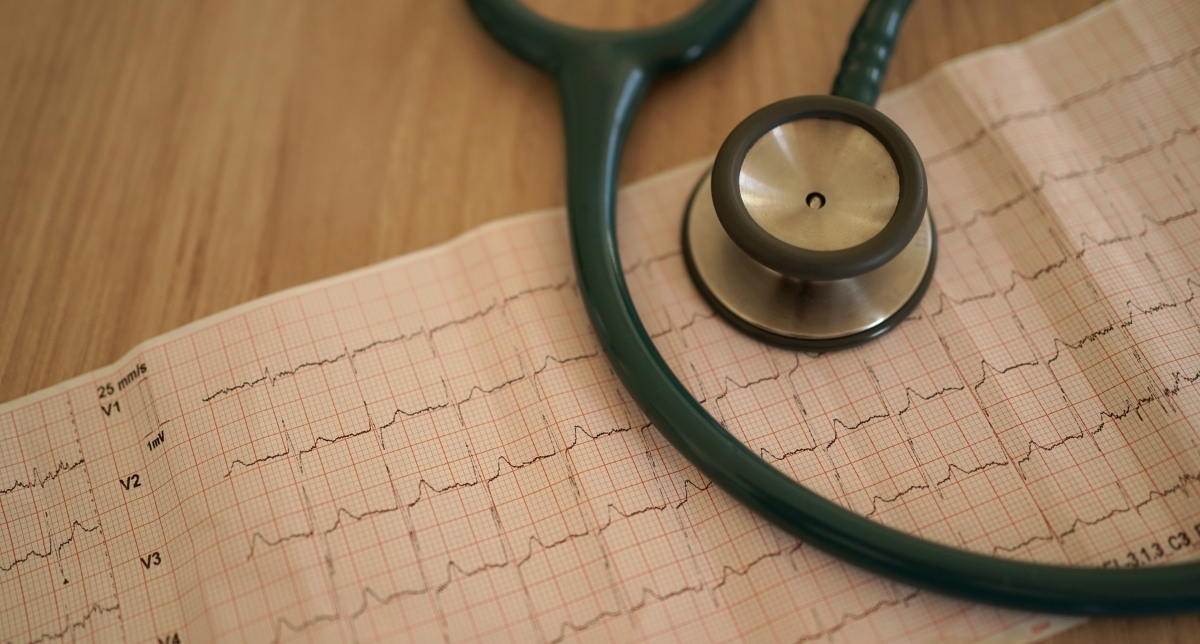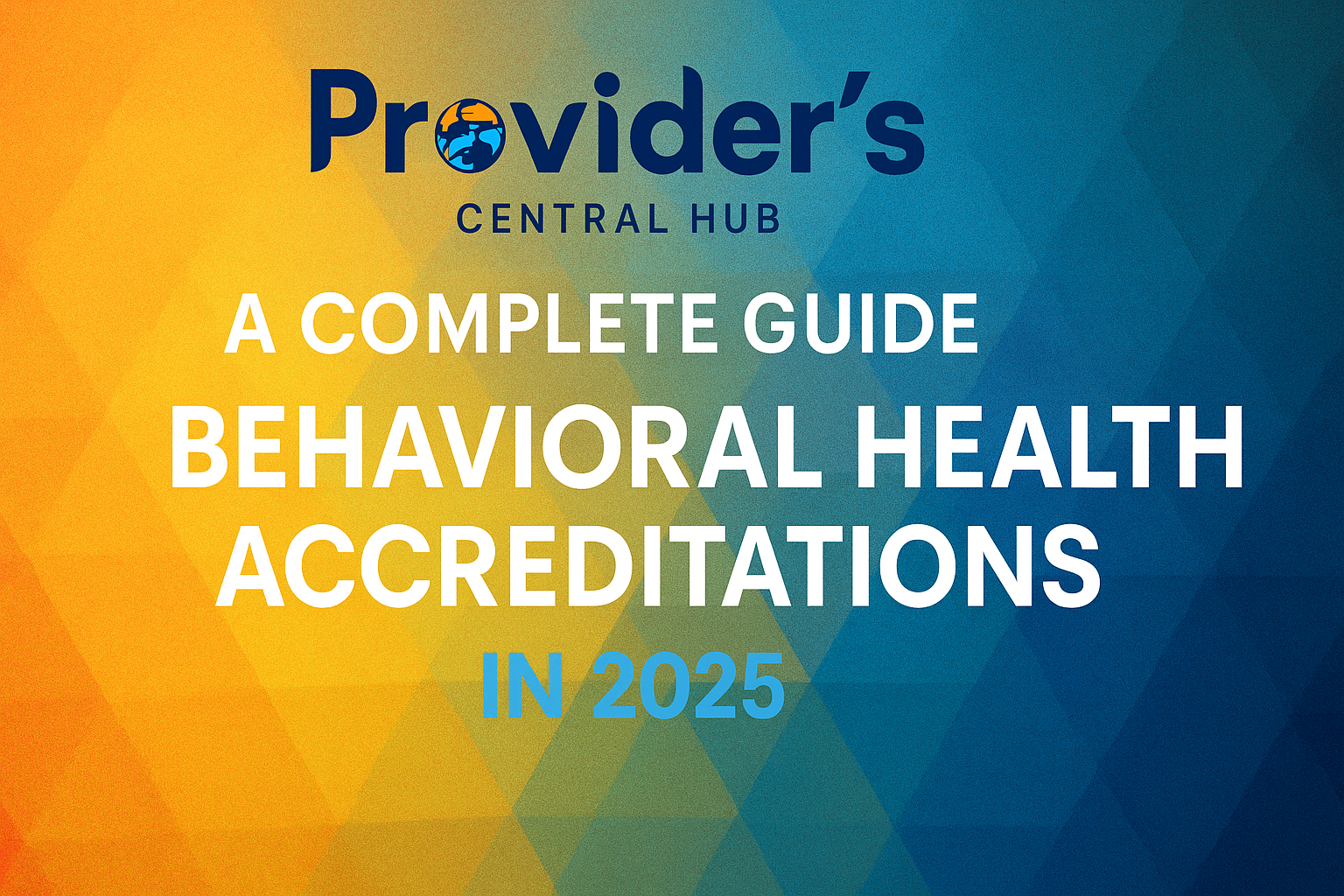This article serves as a general overview of Atrial Fibrillation, aimed towards increasing general awareness.
The heart is a vital muscular organ that ensures oxygenated blood circulation throughout the body. It maintains a steady rhythm, with each beat timed in precise intervals. To monitor the heart’s rhythm and functionality, we use an electrocardiogram (ECG), which measures the electrical activity of the heart and provides insight into its health.
Components of ECG
– P wave: Atrial depolarization, reflecting the electrical activity of the atria.
– QRS Complex: Ventricular depolarization, reflecting the electrical activity of the ventricles.
– ST Segment: Represents the transition from ventricular depolarization to repolarization.
– T wave: Ventricular repolarization.
– Isoelectric line: The baseline indicating no electrical activity (important for identifying Atrial Fibrillation)
Atrial Fibrillation (AFib)
AFib is the most common type of arrhythmia. It involves the atria contracting without coordination, causing an irregular rhythm. ECG is essential for the diagnosis of AFib.
ECG Findings in AFib:
Most common and consistent findings are,
1. Irregularly irregular rhythm: The distance between the R-R intervals is irregularly irregular
2. Absence of P wave: There is no clear isoelectric baseline.
Risk Factors for AFib
AFib can be triggered by several underlying conditions, including:
– Ischemic heart disease
– Hypertension
– Electrolyte imbalances
– Drugs
– Cardiomyopathy
– Pulmonary embolism and more.
Significance of AFib
Since the atria do not contract in synchrony in Atrial fibrillation, blood can pool and form clots within the atria. These clots may travel to vital organs such as the brain (leading to stroke), lungs (leading to pulmonary embolism), and even the heart, compromising blood supply and organ function.
Management of AFib
AFib requires prompt management. Treatment involves and is not limited to:
1. Rate/rhythm control: Medications to stabilize heart rhythm.
2. Anticoagulation therapy: To prevent clot formation.
3. Addressing the underlying cause: Treating factors like ischemia, electrolyte imbalances, or adjusting medications which can cause Afib.
Effective management reduces the risk of strokes and other serious complications associated with AFib.




